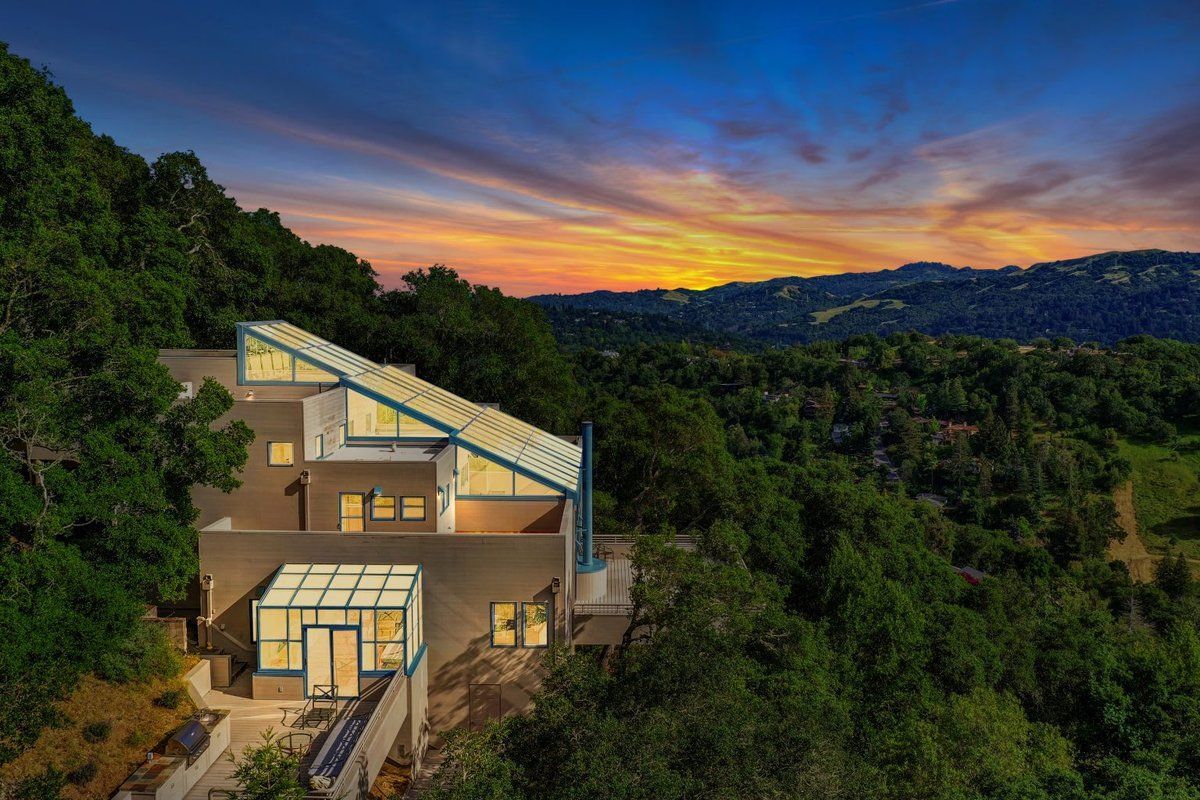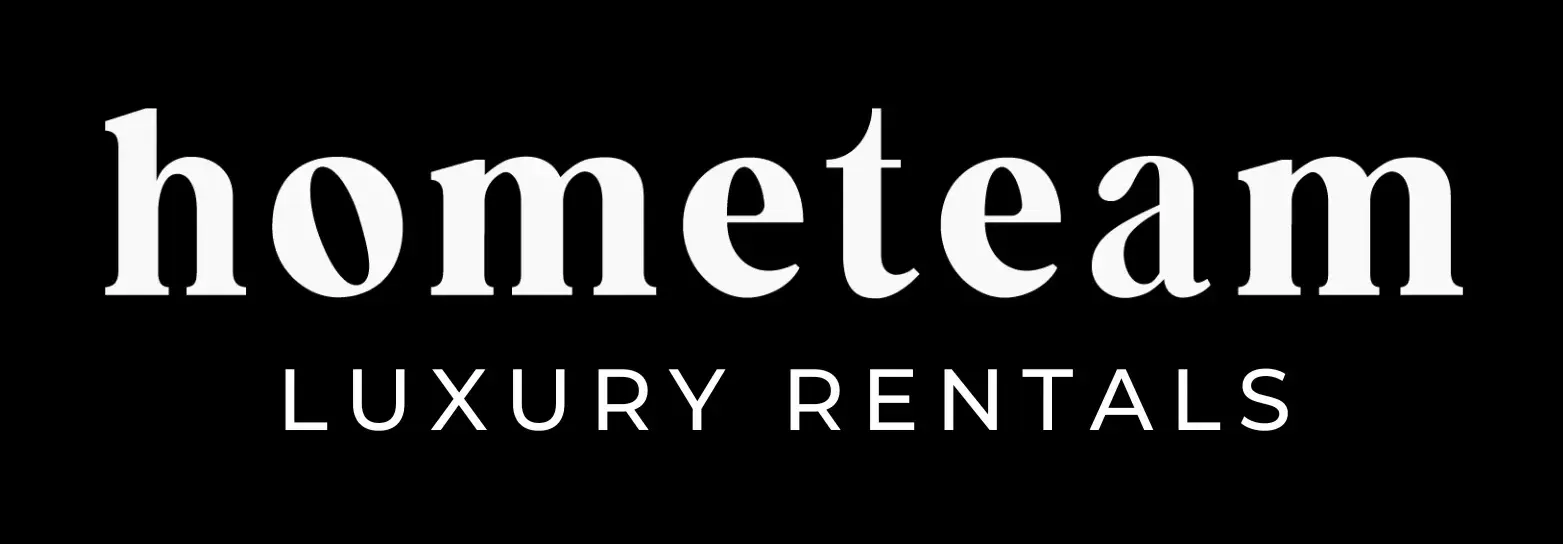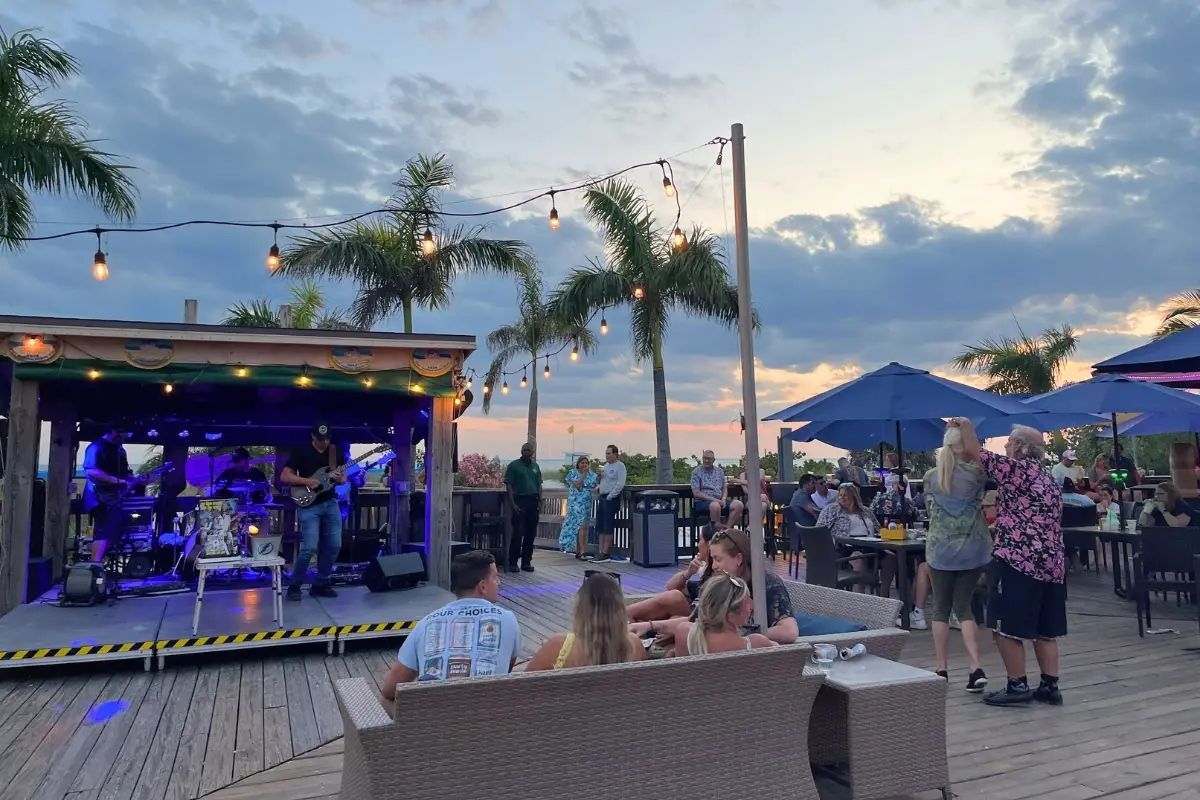
Knowing how to value a vacation rental property is essential for any serious investor. You're not just pricing a house—you're evaluating a fully operational short-term rental (STR) business with real income potential, market analysis, market data, and operational costs.
This guide walks through every major valuation method, from traditional real estate formulas to investor-focused rental performance metrics.
1. How to Value a Vacation Rental Using NOI & Cap Rate
What Is Net Operating Income (NOI)?
Start with the income-based method: Net Operating Income (NOI).
NOI = Annual Rental Income – Operating Expenses
Then apply the capitalization rate formula:
Property Price = NOI ÷ Cap Rate
Cap rates for vacation rental properties typically range from 5% to 8%, depending on risk, location, and local demand cycles. For example, a property generating $60,000 in NOI at a 7% cap rate is valued at approximately $857,000.
This income-based approach is foundational in commercial real estate and is equally relevant for short-term rentals (STRs). NOI tells you how much income your property actually produces—after accounting for things like property management fees, utilities, maintenance, and supplies. It strips away one-time costs and focuses only on the income that recurs year over year.
What Should Be Included in Operating Expenses?
When calculating NOI, make sure to subtract these common STR expenses:
- Property management and co-hosting fees
- Cleaning and turnover costs
- Insurance and property taxes
- Utilities (water, gas, electric, WIFI)
- Repairs, maintenance, and supplies
- Software and subscription tools (e.g., dynamic pricing platforms)
Do not include mortgage payments—NOI is calculated before financing costs.
Understanding Cap Rate in Vacation Rental Markets
A capitalization rate (cap rate) reflects the expected return on investment, assuming the property was purchased with cash. It's a market-driven figure that also reveals risk levels:
- 5–6% Cap Rate: More stable markets with high demand, lower perceived risk
- 6–7% Cap Rate: Balanced risk and reward, often in tier-two STR destinations
- 7–8%+ Cap Rate: Higher risk or less proven markets, often with seasonal fluctuation
Higher cap rates often reflect higher potential returns—but also greater volatility.
Sample Vacation Rental Valuation Scenarios
Urban STR Example:
- Annual Rental Income: $120,000
- Operating Expenses: $50,000
- NOI = $70,000
- Cap Rate: 6%
Valuation: $70,000 ÷ 0.06 = $1,166,667
Mountain Cabin STR Example:
- Income: $85,000
- Expenses: $35,000
- NOI = $50,000
- Cap Rate: 7.5%
Valuation: $50,000 ÷ 0.075 = $666,667
Beachfront Luxury STR Example:
- Income: $200,000
- Expenses: $90,000
- NOI = $110,000
- Cap Rate: 5.5%
Valuation: $110,000 ÷ 0.055 = $2,000,000
These examples illustrate how NOI and cap rate work together to produce a consistent method for evaluating a property’s price. Smart investors reverse-engineer these numbers to decide whether a deal is overpriced—or primed for negotiation.
This method helps compare similar properties in different markets and determine the real value behind a rental’s income.
2. Rental Investment Metrics: Cash-on-Cash Return & Rent-to-Value
Understanding Cash-on-Cash Return
These cash-based metrics tell you how well your vacation rental investment performs.
Cash-on-Cash Return = Annual Pre-Tax Cash Flow ÷ Total Cash Invested
Cash-on-cash return measures the actual annual income you receive from your investment, relative to the amount of your own money you've put into the deal. It's particularly useful for leveraged properties where mortgage payments exist.
Formula: Cash-on-Cash Return = Annual Pre-Tax Cash Flow ÷ Total Cash Invested
Example 1: Moderate Return
- Total Cash Invested: $200,000
- Pre-Tax Cash Flow: $20,000
- Return = 10%
Example 2: High Return
- Total Cash Invested: $150,000
- Cash Flow: $25,000
- Return = 16.7%
Many STR investors aim for 8–12%+, but those in high-demand, well-optimized markets often achieve 15% or more. This metric helps compare investment opportunities across locations, financing structures, and business models.
Maximizing Cash-on-Cash Return
To improve this ratio:
- Lower initial capital through smart financing
- Increase ADR with better design and amenities
- Reduce expenses with efficient automation
- Boost occupancy through pricing strategy
Understanding Rent-to-Value Ratio
The rent-to-value ratio is a simple way to assess how much rental income a property generates relative to its purchase price. It's fast, intuitive, and often used in early-stage deal analysis.
Formula: Rent-to-Value = Annual Rental Income ÷ Property Price
Example:
- Annual Rental Income: $50,000
- Property Price: $900,000
- Rent-to-Value = 5.5%
A strong-performing vacation rental usually lands at 5% or higher. Anything significantly below that may signal overpriced assets or underperforming revenue.
Rent-to-Value vs Cap Rate
While similar in concept, rent-to-value doesn't account for operating expenses—it reflects gross income only. Cap rate is more precise but rent-to-value is a helpful screening tool.
Smart investors use rent-to-value as an initial filter and dig deeper with NOI and cap rate when underwriting deals.
Rent-to-Value = Annual Rental Income ÷ Property Price
If a vacation rental earns $50,000 per year and is priced at $900,000, the rent-to-value ratio is 5.5%. A 5%+ ratio usually indicates a solid investment.
3. Business Valuation of a Vacation Rental Property
When to Use Business Valuation Methods
If you're evaluating a vacation rental business or portfolio, use business-level valuation methods.
Not every vacation rental should be evaluated like a business—but when you’re dealing with a portfolio, professional management systems, or recurring guest revenue, it’s time to go beyond traditional real estate metrics.
Two of the most common business valuation approaches are the Adjusted EBITDA Method and the Price-Per-Unit Model.
Adjusted EBITDA Method
EBITDA (Earnings Before Interest, Taxes, Depreciation, and Amortization) is a measure of profitability before financing and accounting factors. In vacation rentals, "adjusted EBITDA" means we strip out:
- One-time setup expenses (furnishing, renovation)
- Owner stays and personal use
- Unusual maintenance spikes or seasonal events
Formula: Adjusted EBITDA × Market Multiple = Business Valuation
Multiples typically range from 3× to 5×, depending on business maturity, systems in place, and customer loyalty.
Example:
- Adjusted EBITDA: $100,000
- Market Multiple: 4×
- Business Valuation = $400,000 (this is in addition to the real estate value)
Price-Per-Unit Model
This model is often used when STR companies or portfolios are sold, especially when multiple properties are listed under a single brand or OTA account. It values each rental unit based on its recurring revenue potential.
Formula: Annual OTA Commission or Gross Revenue × 1.25× to 1.75×
Example:
- Gross Revenue: $60,000 per unit
- Multiplier: 1.5×
- Valuation per unit = $90,000
When applied across 10 units, this creates a valuation of $900,000 for the business side alone.
What Influences Multiples in Vacation Rental Businesses?
Buyers and investors pay premiums for:
- Recurring guest base or direct bookings
- Established brand identity
- Streamlined operations (automated check-ins, pricing tools)
- Scalable SOPs and team structure
If your STR is more than just a rental—if it’s a functioning hospitality business—these methods help capture its true enterprise value.
Price-Per-Unit: Multiply annual OTA contract value by 1.25× to 1.75× for small portfolios.
These strategies help determine your property’s value beyond the real estate—especially for branded or professionally managed vacation rentals.
4. Use Data to Price Your Vacation Rental Accurately
Why Market Data Matters in STR Valuation
Benchmark your vacation rental property using tools like AirDNA. Focus on:
- Average Daily Rate (ADR)
- Occupancy Rate
- RevPAR (Revenue per Available Room)
- Similar Properties in the Area
Valuing a vacation rental without local market data is like flying blind. Platforms like AirDNA, PriceLabs, and Transparent provide granular insights into what guests are paying, when they’re booking, and how your competitors are performing.
Key Metrics to Monitor
1. Average Daily Rate (ADR):
The average amount your property earns per booked night. Higher ADR generally signals a more premium experience—but it must be backed by strong occupancy to matter.
2. Occupancy Rate:
The percentage of nights your rental is booked over a given period. This is a core driver of overall revenue. STRs with occupancy above 70% are often top performers.
3. RevPAR (Revenue per Available Room):
Formula: RevPAR = ADR × Occupancy Rate This metric combines rate and booking performance to show overall income productivity. Use this to compare similar listings in your area.
4. Lead Time & Booking Window:
How far in advance guests are booking affects cash flow and pricing strategy. A short lead time might mean more last-minute discounts; longer windows allow for optimized rate planning.
5. Comparable Listings:
Always evaluate 5–10 similar properties:
- Location and proximity to attractions
- Guest capacity and bedroom/bath count
- Amenity packages
- Guest ratings and review count
These comps provide the foundation for pricing, ADR targeting, and identifying competitive gaps.
Seasonality and Demand Curves
Understand your market’s demand curve—especially if it's seasonal (e.g., ski towns, beach regions). Use rolling 12-month trends to spot:
- High and low seasons
- Shoulder month opportunity
- Weekly vs weekend booking patterns
A well-valued property accounts for these fluctuations and prices accordingly. That insight can directly influence investor returns and valuation models.
5. Add Value Through Operations and Design
Why Operational Efficiency Matters
The right upgrades can raise both nightly rental income and your vacation rental’s worth.
Optimize Operations:
- Automated check-ins and guest messaging
- Dynamic pricing systems
- Streamlined maintenance and cleaning schedules
Elevate Design:
- High-end furniture and luxury finishes
- Unique amenities like pools, fire pits, and cold plunges
- Professional branding and photography
A short-term rental’s value isn’t just in the numbers—it’s in the experience. Operational systems and thoughtful design work hand-in-hand to elevate guest satisfaction, improve reviews, and increase both occupancy and ADR. These intangible upgrades translate into real valuation gains.
Streamlining Operations for Higher ROI
Operational excellence makes a vacation rental easier to manage and more profitable to scale. Well-run STRs typically benefit from:
- Automated guest communication using tools like Hospitable or
Hostaway
- Self check-in systems with smart locks and digital welcome guides
- Dynamic pricing to optimize nightly rates across seasons
- Integrated cleaning and turnover workflows that minimize downtime
These tools reduce operating friction and help you capture more bookings without additional labor or oversight. That efficiency can add measurable value when calculating NOI and business multiples.
Investing in Design That Drives Demand
Design is more than aesthetics—it’s a conversion tool. Properties that are visually compelling, well-staged, and highly functional consistently outperform generic listings.
Design upgrades that influence pricing and valuation:
- Modern, high-end furnishings that photograph well and stand out in listings
- Theme-based interiors (e.g., desert-modern, farmhouse chic) that create a unique brand identity
- In-demand amenities like hot tubs, fire pits, game rooms, cold plunges, or office setups
- Professional branding: naming the home, creating a logo, consistent listing style
A $10,000–$25,000 investment in design can raise ADR by 15–30% in some markets—and shorten booking lead time by making listings more desirable.
Experience = Value
High-end STRs that feel like boutique hotels—not just vacation homes—are positioned to command premium nightly rates and higher resale valuations.
In a saturated market, operational polish and differentiated design are what move a property from "good income" to "top-tier asset."
These upgrades reduce costs, attract high-paying guests, and increase your property’s overall investment value.
Final Takeaway: How to Value a Vacation Rental Property in 2025
Understanding how to value a vacation rental property requires a multi-layered approach:
- NOI and Cap Rate to calculate baseline price
Start with the fundamentals—net operating income (NOI) and capitalization rate provide a clear picture of what the property is worth based on income potential. This is especially useful if you're learning how to start a cabin rental business and want to avoid overpaying from the outset. - Cash-on-Cash and Rent-to-Value to test investment strength
These metrics help you evaluate return on invested capital and compare short-term rental performance against long-term appreciation. For new investors exploring how to start a cabin rental business, these ratios highlight whether the property can actually sustain your income goals. - EBITDA and Per-Unit Multiples for business-level insights
If you’re managing multiple units or preparing for resale, assessing earnings before interest, taxes, depreciation, and amortization (EBITDA) along with industry multiples gives you a sharper view of enterprise value. This is a must if your plan is to scale beyond a single unit. - Market Data to ground your assumptions
Look beyond comps—incorporate seasonal trends, occupancy rates, and traveler demographics. Whether you're buying your first cabin or adding to a portfolio, understanding local demand is key to starting a cabin rental business that thrives year-round. - Operational & Design Enhancements to maximize demand and income
From adding hot tubs and firepits to optimizing smart tech and self-check-in, small changes can significantly boost ADR (average daily rate) and occupancy. These are the value levers that separate average operators from those who know how to start a cabin rental business with lasting success.
Use this framework to price your next rental investment strategically—and scale with confidence in 2025.








